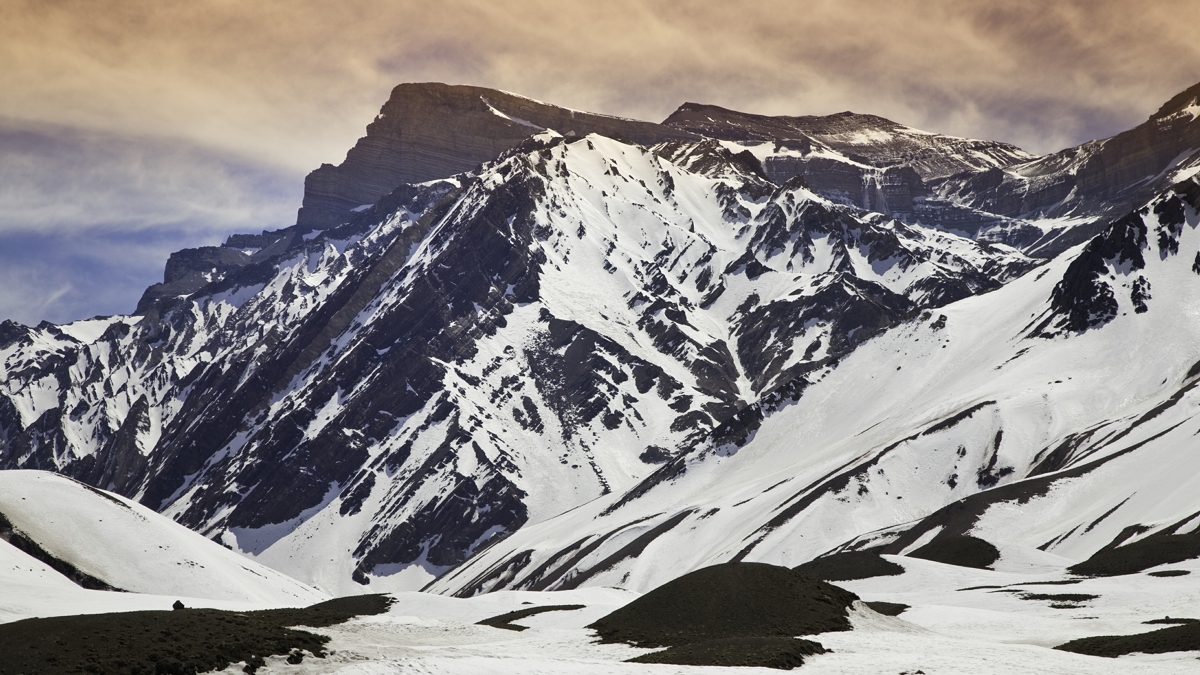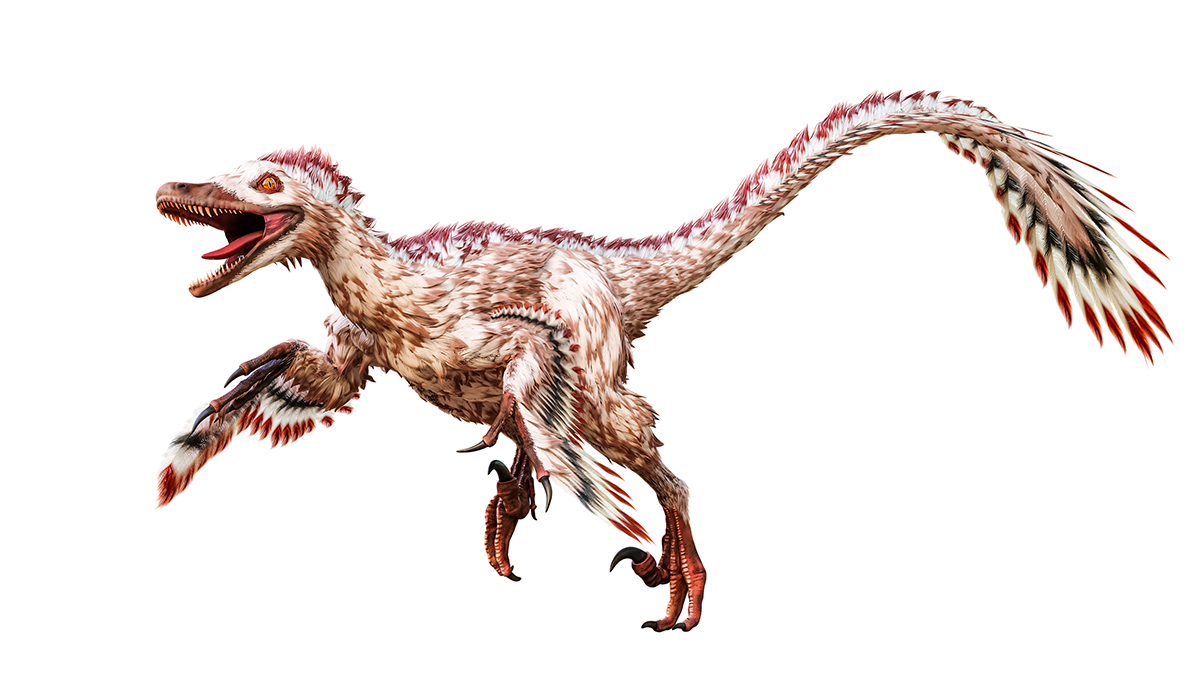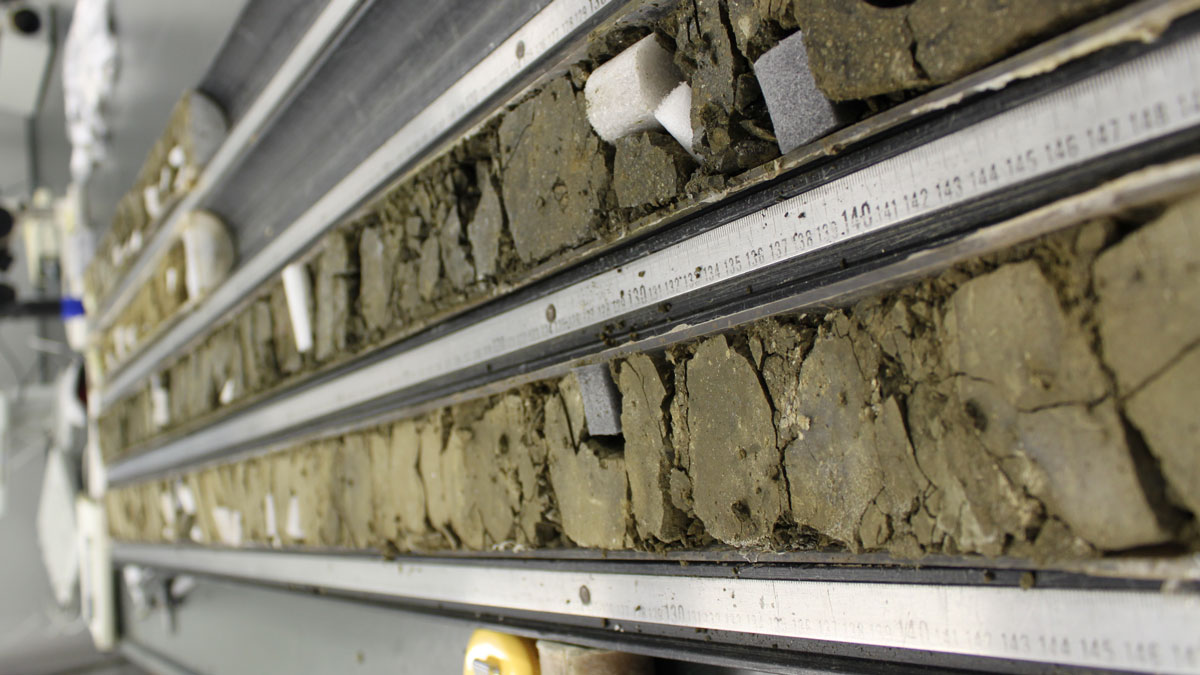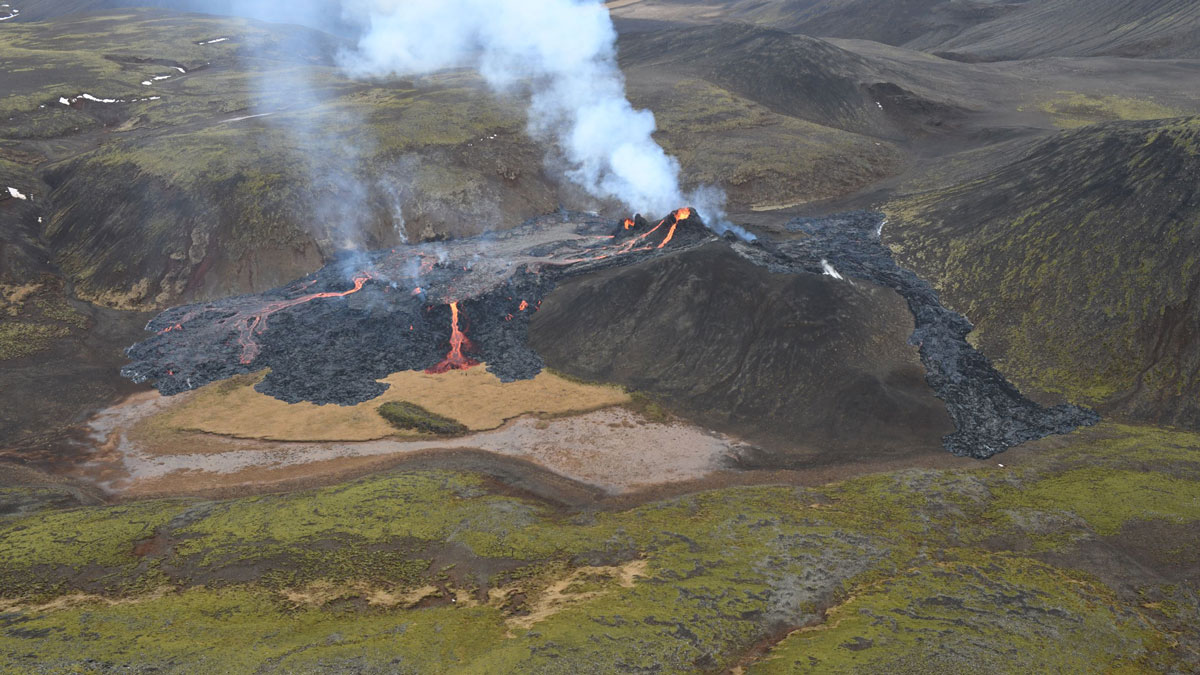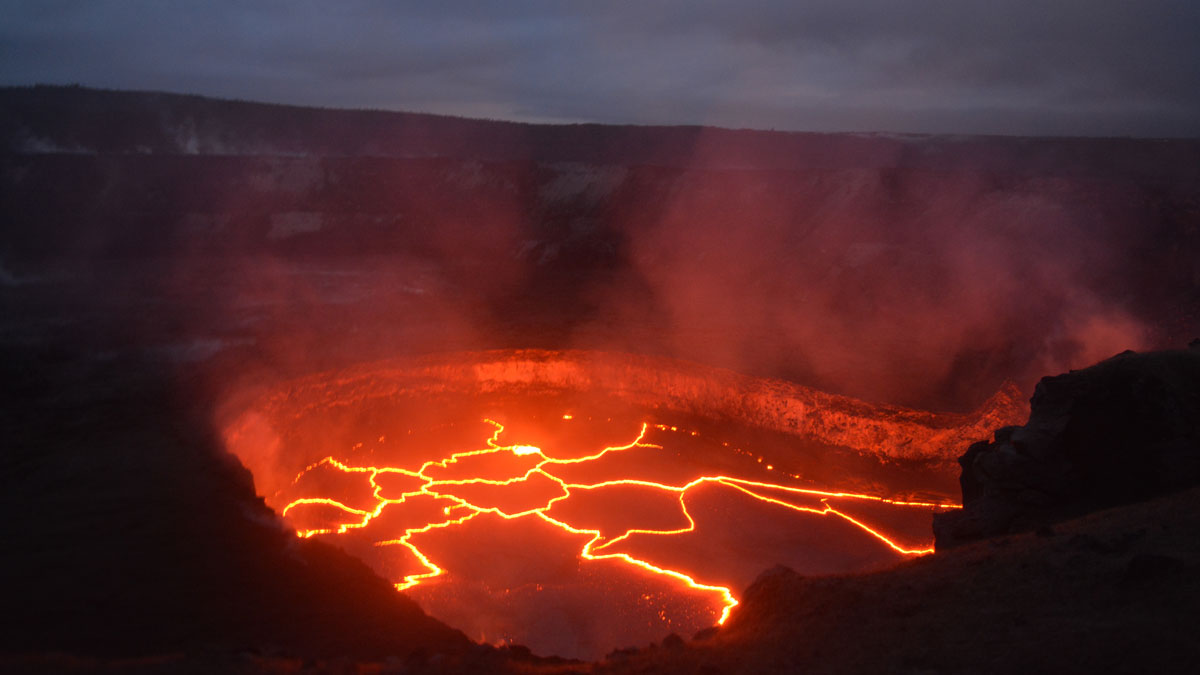The chemical composition of orogenic igneous rocks and their zircons is sensitive to crustal thickness and can be used to quantify the evolution of Moho depths beneath continents back in time.
volcanoes
Volcanic Winters Ushered in the Jurassic Reign of the Dinosaurs
Sediment cores from northwestern China reveal freezing conditions during the Late Triassic killed off many forms of life—but not dinosaurs.
This One Simple Trick Helps Us Understand How Much Water Is in Martian Lavas
Understanding how much water is in Martian magma is vital for understanding whether the Red Planet had seas in its early history.
Why Do Arc Volcanoes Deform Less Than Ocean Island Volcanoes?
Volcanic ground deformation is not simply correlated with erupted volume. Researchers propose that high concentrations of magmatic volatiles make systems more compressible and suppress deformation.
Tonga Volcanic Eruption Produced Ionospheric Hole and ‘Bubbles’
The 2022 Tonga volcano eruption altered the global ionosphere, creating a huge ionospheric hole locally near the epicenter and large-amplitude plasma bubbles remotely over the Asia-Oceania area.
A Spike in Wildfires Contributed to the End-Permian Extinction
An upward trend in fossilized charcoal indicates that wildfires may have contributed to extinctions during the Great Dying.
Stretching Crust Explains Earth’s 170,000-Year-Long Heat Wave
During a brief period in Earth’s past, a massive emission of carbon abruptly raised global temperatures, acidified oceans, and stamped out species. New data may help explain how it happened.
Mapping a Volcanic Eruption in the Backyard of Iceland’s Capital
Researchers used satellites and aerial data to create regularly updated maps of the Fagradalsfjall eruption for both the public and disaster response agencies.
Roosters, S’mores, and #EmergencyCute: A Humor-in-Crisis How-To
When natural hazards strike communities, we may not think science agencies should respond with humor. Researchers suggest that sometimes, however, humor can connect communities and bring smiles.
Volcanic Lava Lake Belts Out Its Secrets in Seismic “Songs”
A cacophony of magma displacements and volcanic gases recorded underneath Kīlauea’s roiling lake of lava could one day provide information to help predict future eruptions.

